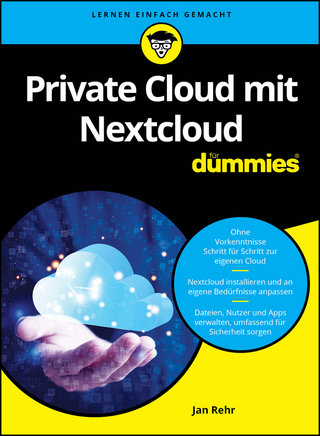
Build Your Own .NET Language and Compiler
Apress (Verlag)
978-1-59059-134-5 (ISBN)
All software developers use languages, which are the fundamental tool of the trade. Despite curiosity about how languages work, few developers actually understand how. Unfortunately, most texts on language and compiler development are hard to digest, written from academic platforms for use in college-level computer science programs. On the other hand, Build Your Own .NET Language and Compiler demystifies compiler and language development, and makes the subjects palatable for all programmers.
This practical book presents techniques that you can apply to everyday work. You'll learn to add scripts and macro languages to your applications, add runtime expression evaluation to their applications, and generate code immediately. Further, you will learn parsing techniques, which are essential to extract information from any structured form of datalike text files, user input, XML, or HTML. As a bonus, the book includes a complete QuickBasic compatible compiler with source code that works. The compiler illustrates the books techniques and acts as a versatile .NET language.
strongEdward G. Nilges/strong has been developing software since 1970. He worked on debugging an early Fortran compiler in 1972 and made it available to a university community. While at Bell-Northern Research, the research arm of Nortel Networks, in 1981, Edward worked on compiler development and developed the SL-1XT compiler for voice and data PBX programming, as well as a firmware assembler that was compiled automatically from the firmware reference manual. pIn 1993, he began developing with VB3 and has developed a variety of projects in Basic. Edward also assisted mathematician John Nash (the real-life protagonist of the movie "A Beautiful Mindem"/em) with C during a critical period in which Dr. Nash was being considered for the 1993 Nobel Prize. In 1999, Edward developed his vbExpression2Value VB6 technology to parse and interpret SQL Server and VB expressions for his classes at DeVry. In 2001, acting upon a suggestion from a student colleague at Princeton, Edward used his beta copy of VB .NET to write the fully object-oriented quickBasicEngine. /p pEdward currently consults on the use of compiler technology in the real world to parse and interpret complex business rules in industries such as mortgage lending and credit evaluation. He finds that compiler optimization can be used to verify the consistency and completeness of business rule sets./p
1 A Brief History of Compiler Technology.- 2 A Brief Introduction to the .NET Framework.- 3 A Compiler Flyover.- 4 The Syntax for the QuickBasic Compiler.- 5 The Lexical Analyzer for the QuickBasic Compiler.- 6 QuickBasic Object Modeling.- 7 The Parser and Code Generator for the QuickBasic Compiler.- 8 Developing Assemblers and Interpreters.- 9 Code Generation to the Common Language Runtime.- 10 Implementing Business Rules.- 11 Language Design: Some Notes.- Appendix A quickBasicEngine Language Manual.- Lexical Syntax.- Keywords and System Functions.- Parser Syntax (Backus-Naur Form).- Built-In Functions.- Appendix B quickBasicEngine Reference Manual.- Class Standards.- qbOp.- qbPolish.- qbScanner.- qbToken.- qbTokenType.- qbVariable.- qbVariableType.- quickBasicEngine.
| Erscheint lt. Verlag | 13.5.2004 |
|---|---|
| Zusatzinfo | 173 Illustrations, black and white; XV, 408 p. 173 illus. |
| Verlagsort | Berkley |
| Sprache | englisch |
| Maße | 178 x 235 mm |
| Themenwelt | Mathematik / Informatik ► Informatik ► Betriebssysteme / Server |
| Mathematik / Informatik ► Informatik ► Programmiersprachen / -werkzeuge | |
| Mathematik / Informatik ► Informatik ► Software Entwicklung | |
| ISBN-10 | 1-59059-134-8 / 1590591348 |
| ISBN-13 | 978-1-59059-134-5 / 9781590591345 |
| Zustand | Neuware |
| Haben Sie eine Frage zum Produkt? |
aus dem Bereich


